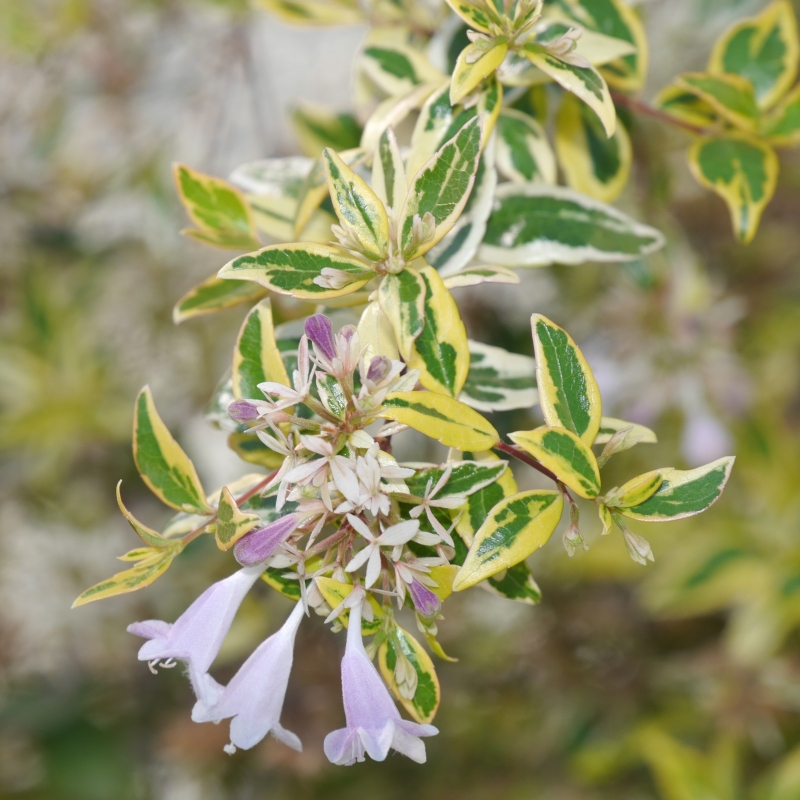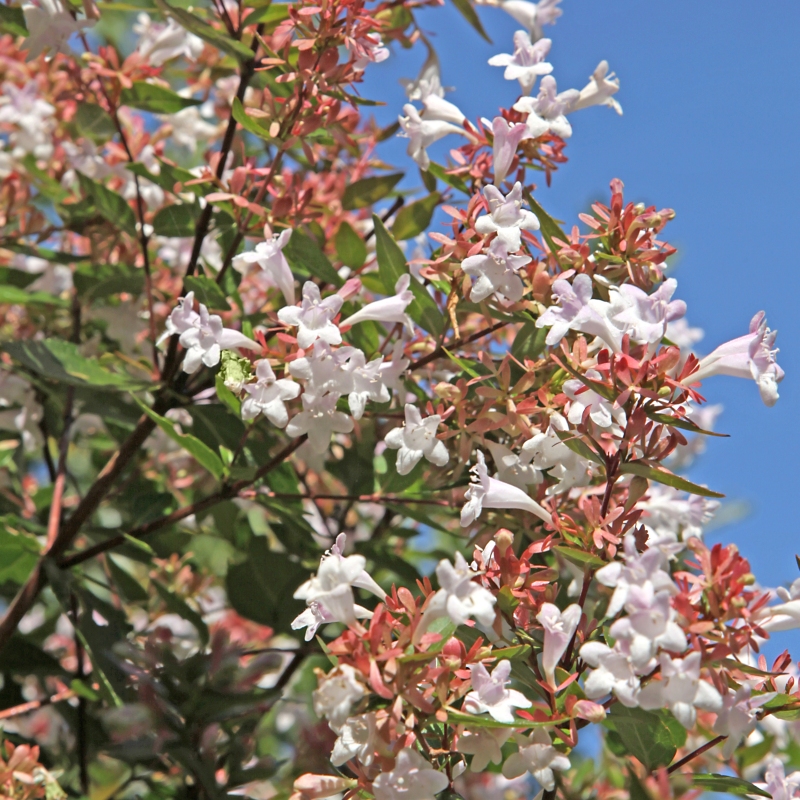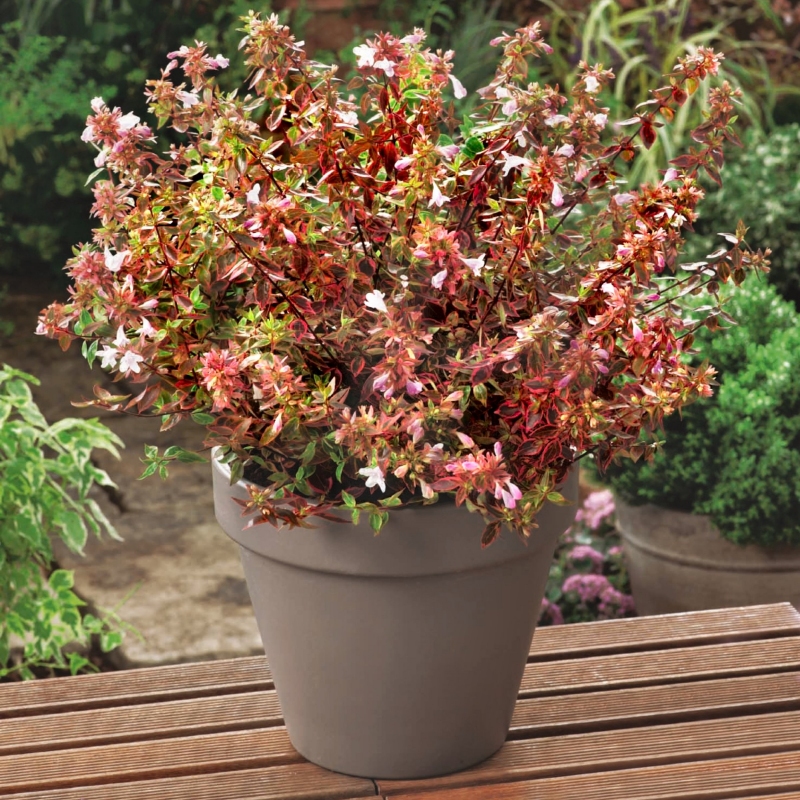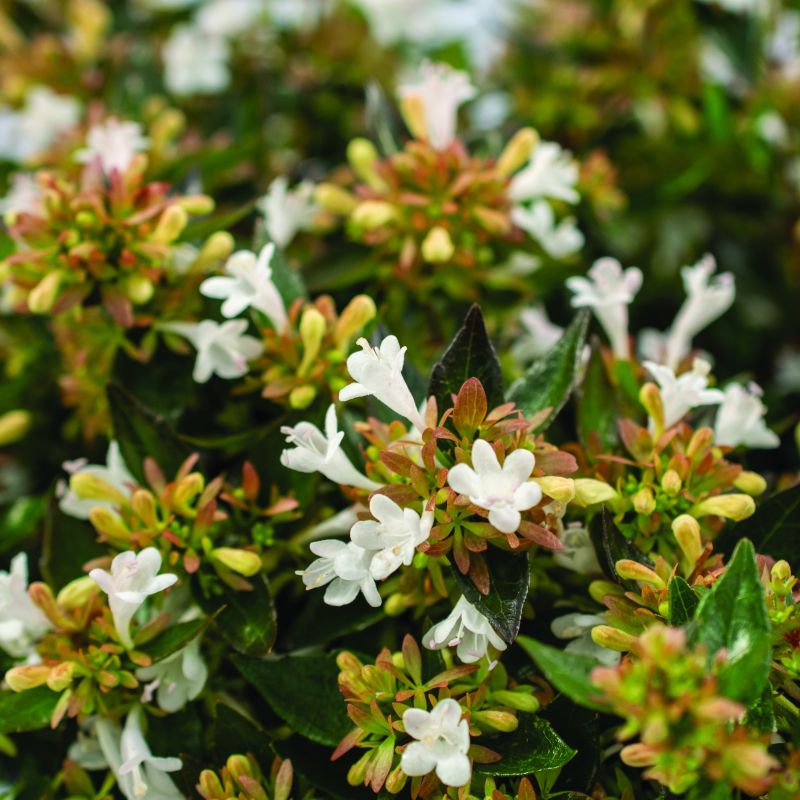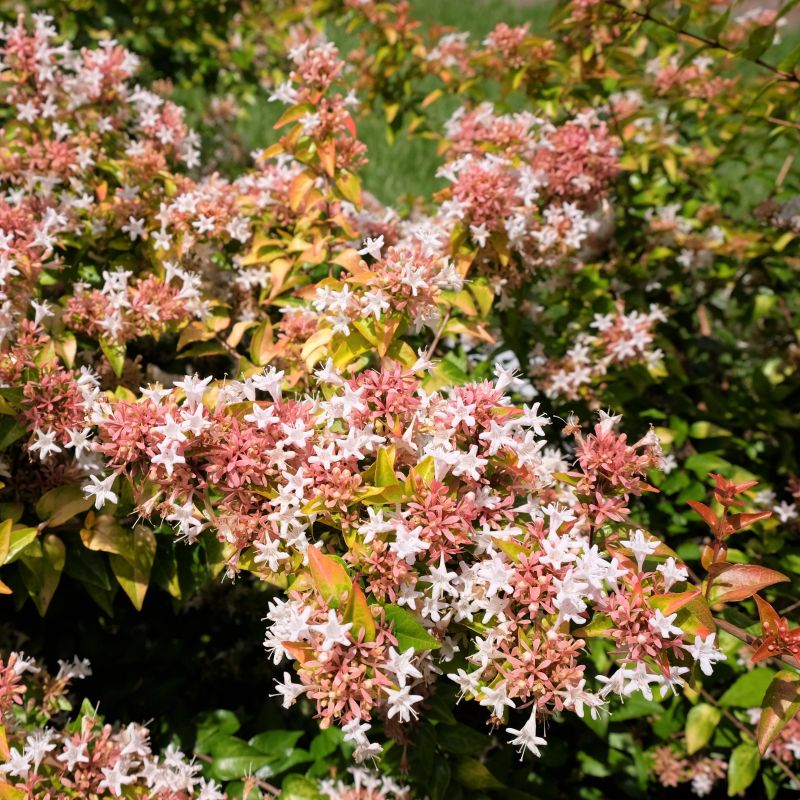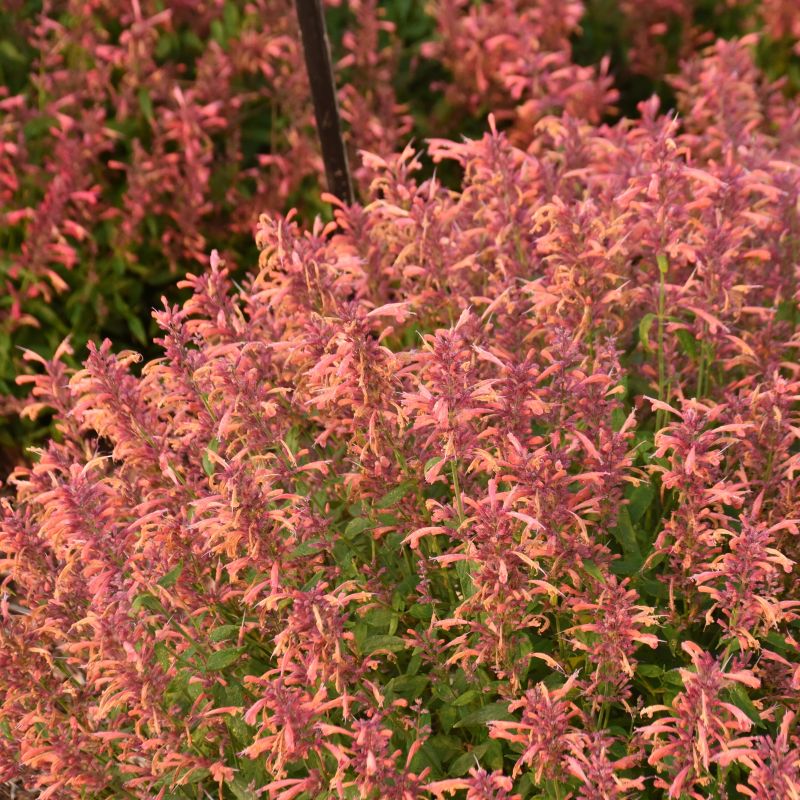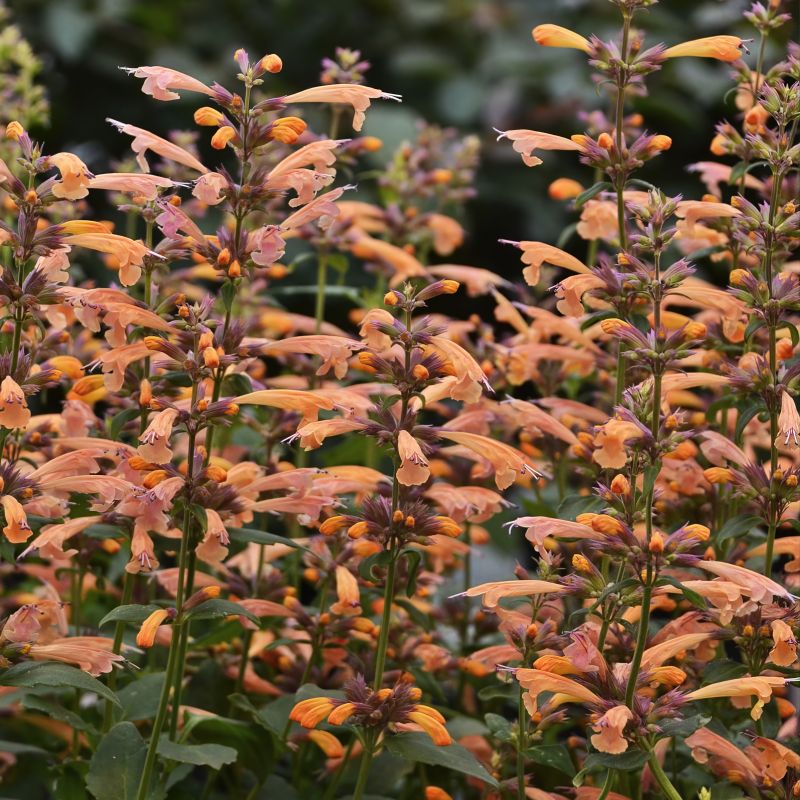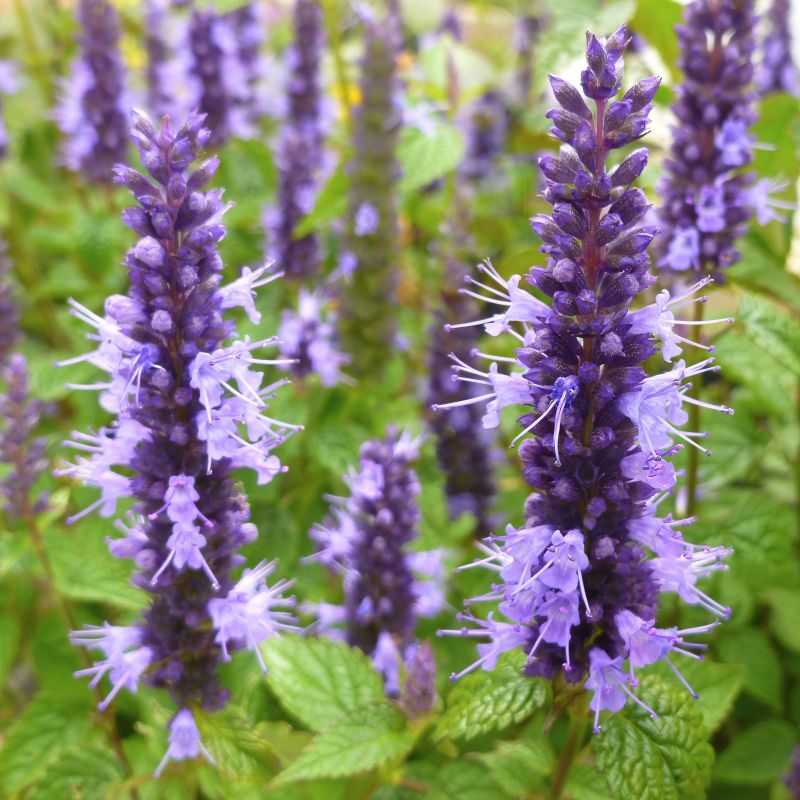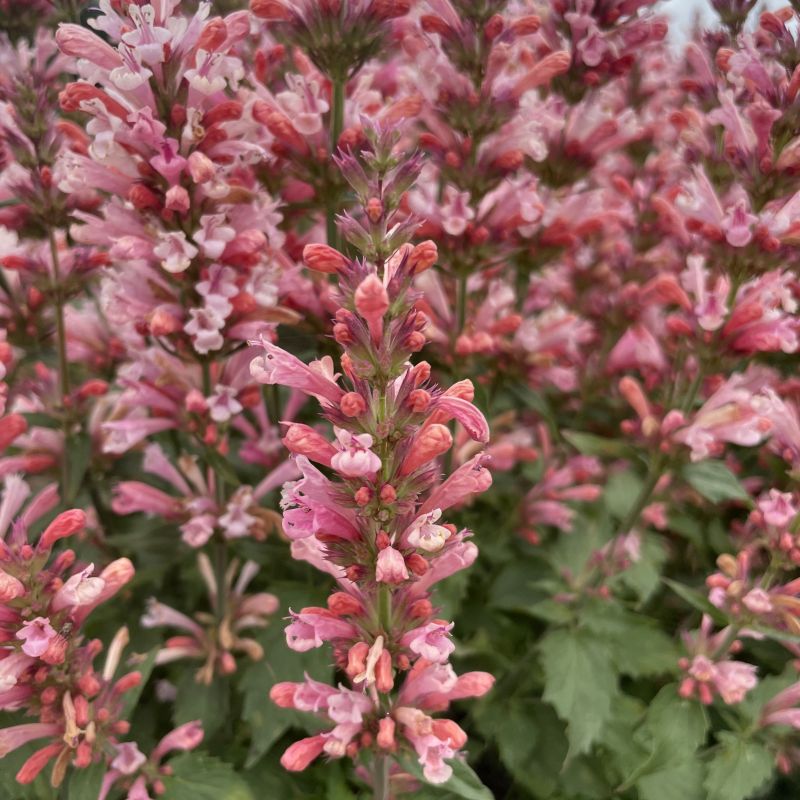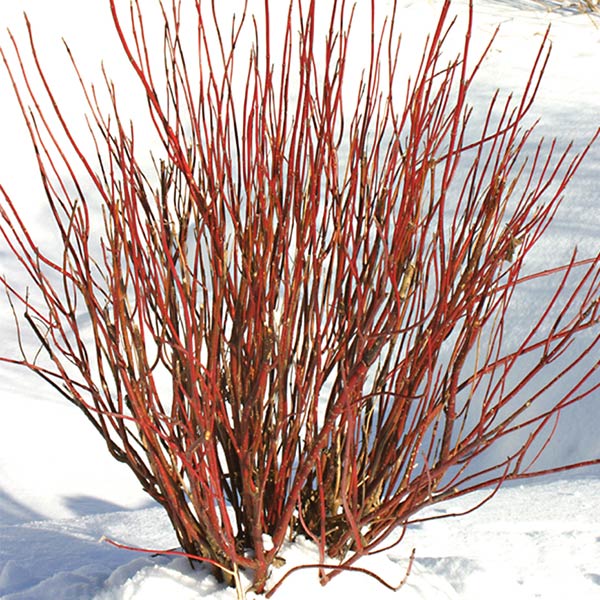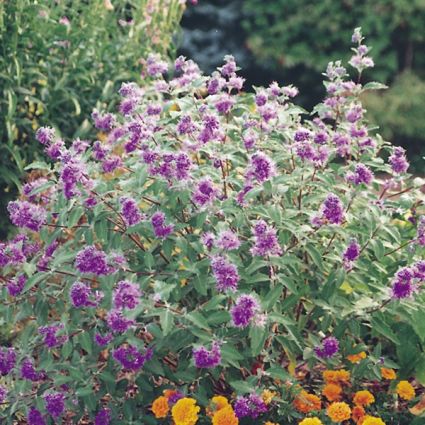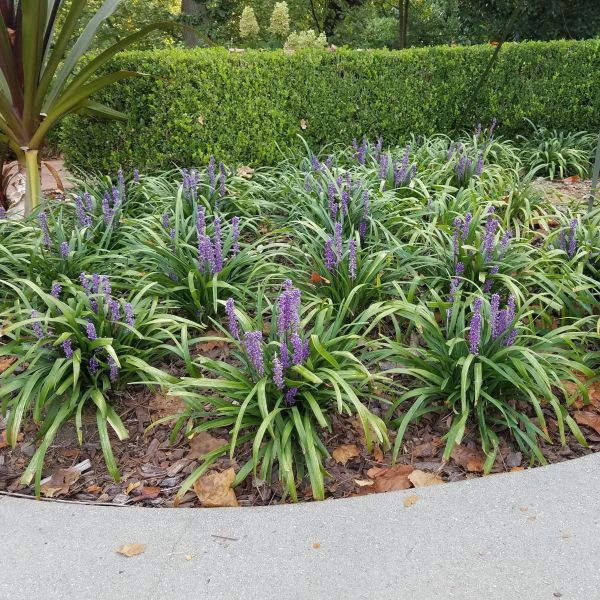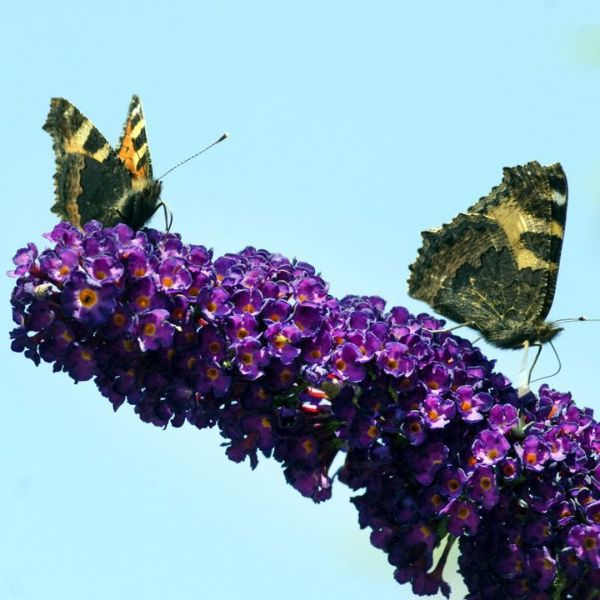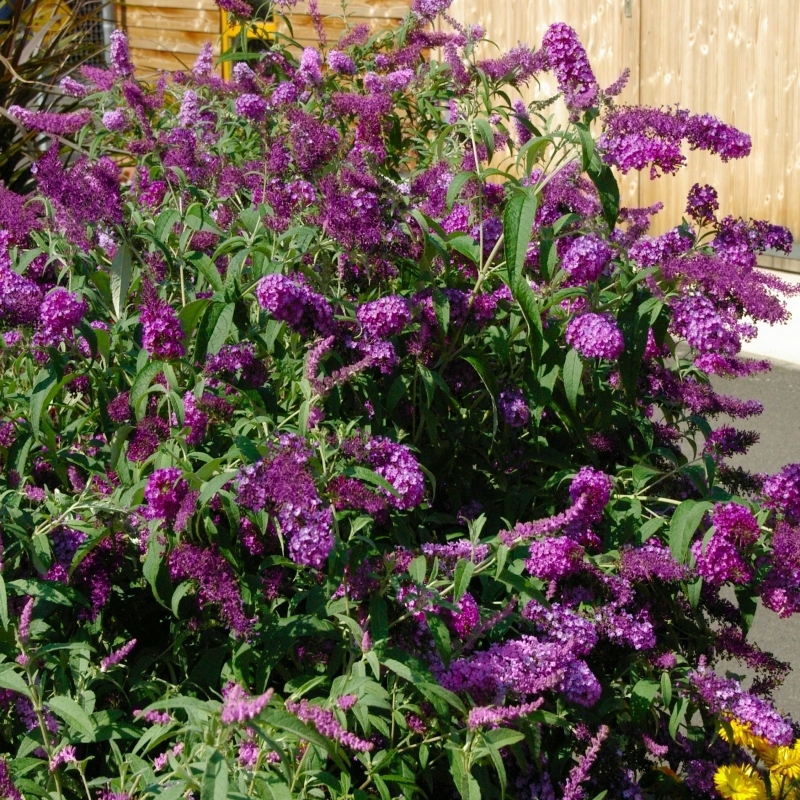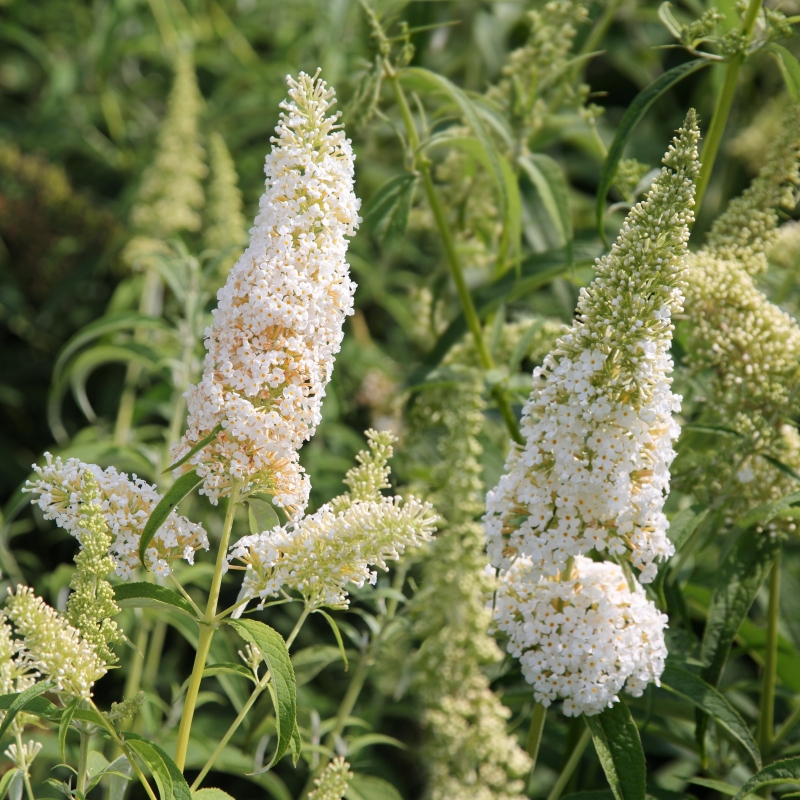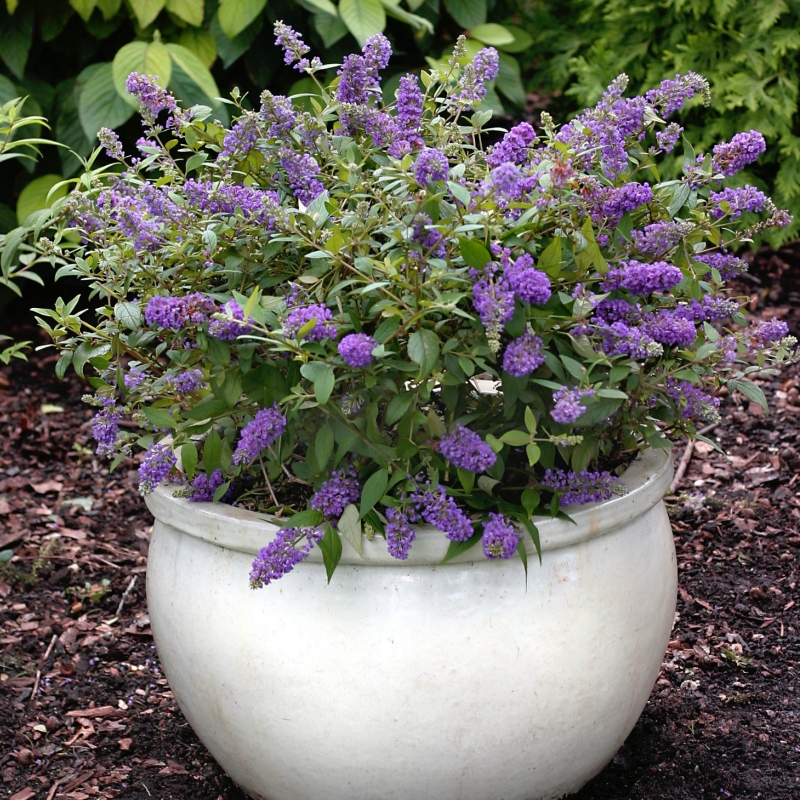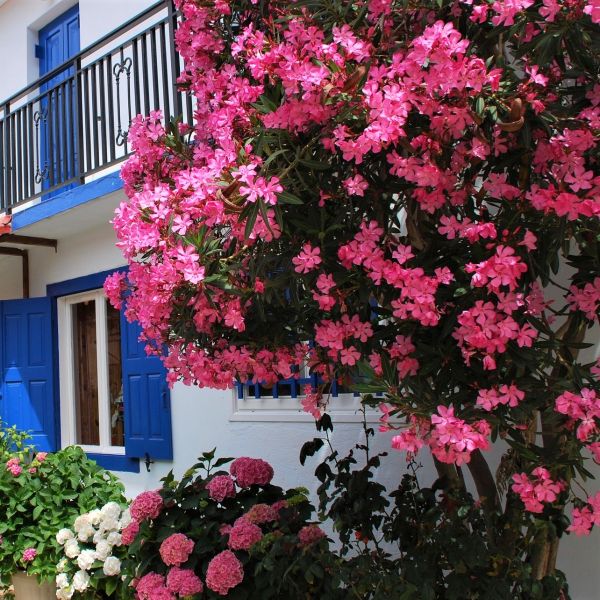
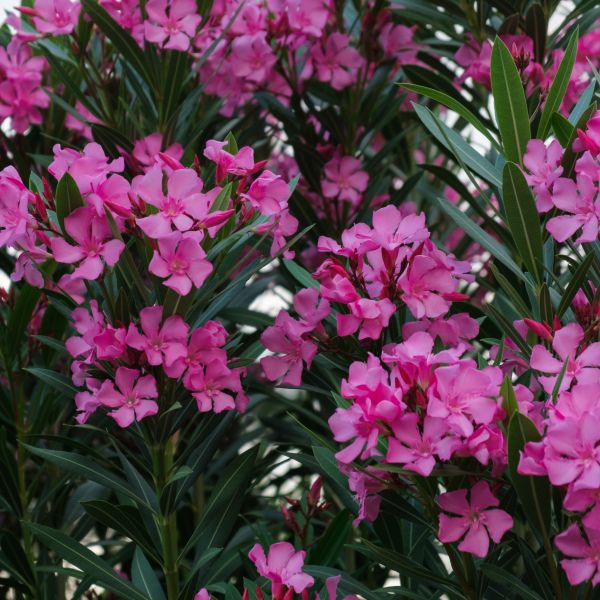
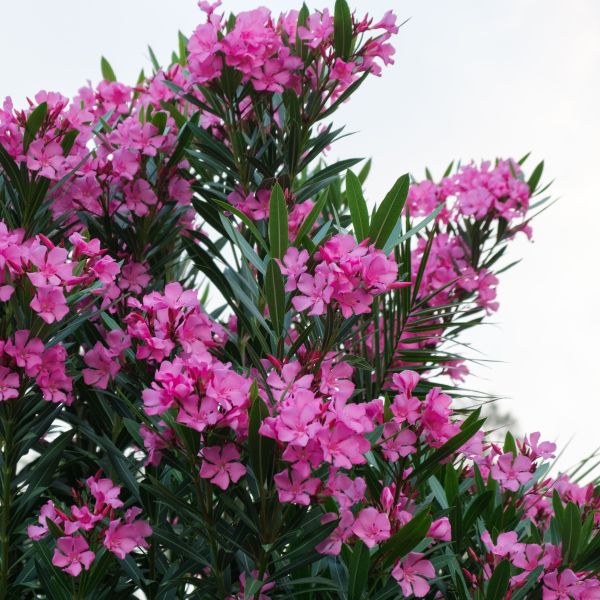
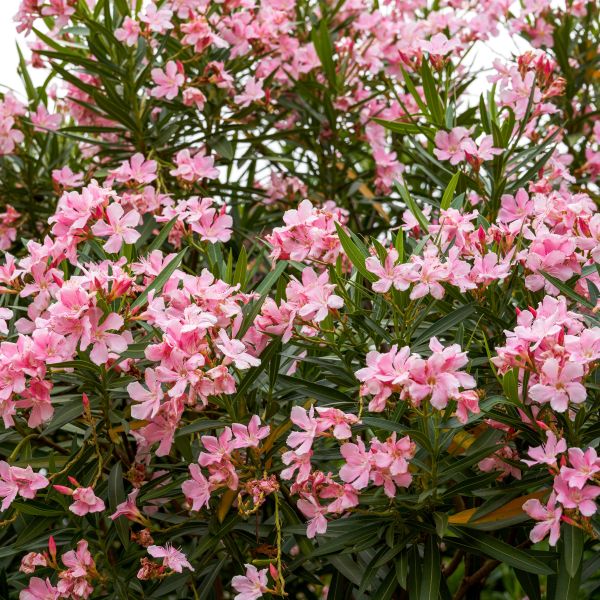
Oleander (Pink)
Nerium oleander
17 reviews
Oleander (Pink)
Nerium oleander
17 reviews
- Beautiful pink flowers add a pop of color to your garden
- Drought-tolerant and low maintenance once established
- Attracts butterflies and hummingbirds to your yard
$49.00
$70.00
30% Off
- Ships to 43215 in 3 to 7 days
- Free Shipping Over $150
- Plant Arrival Guarantee
- In Stock
- Free Plant Consult
$200
1 Gallon
Why Oleander (Pink)?
Oleander (Pink) has attractive pink flowers and glossy green leaves, making it a popular ornamental plant. It is also easy to grow and can withstand extreme weather conditions, making it suitable for gardens, parks, and even roadside planting. However, it is important to note that all parts of the plant are highly toxic and can cause severe health problems if ingested, so it should be planted away from areas where children and pets may come into contact with it.
People who loved this plant also bought
Sunlight
Oleander (Pink) requires full sunlight.
Watering
Oleander (Pink) plants typically have low watering requirements. They are drought-tolerant and prefer well-draining soil. Watering once every 1-2 weeks is generally sufficient, allowing the topsoil to dry out between waterings.
Fertilizing
Oleander (Pink) requires a balanced fertilizer with an N-P-K ratio of 10-10-10 or similar.
The Graceful Oleander
It’s almost impossible to find someone who wouldn’t fall instantly in love with the breathtaking beauty of the oleander. Whenever you come across this captivating plant and its delicate blooms, you couldn’t help but pause, step closer, and marvel at its attractive daintiness that hints at a gentle smile.
Native to the Mediterranean region and hardy in growing zones 8 to 11, the pink oleander (Nerium oleander) is a broadleaved evergreen shrub that features a round vase-shaped growth habit, grows up to 6 to 15 feet tall and 5 to 10 feet wide, and has a medium growth rate.
Showing off large clusters of funnel-shaped, rose-pink oleander flowers, the pink oleander adds tons of visual interest to your abode. This innocent pink hue speaks volumes of gratitude, grace, admiration, and joy. Further beautified with feathery, lance-shaped dark green foliage that serves as an attractive backdrop for the pretty oleander blossoms, the pink oleander blankets your outdoor space with gentleness, elegance, and grace.
Excellent for Mediterranean gardens, flowering hedges, cottage gardens, and city gardens, the pink oleander is a clever landscape design idea that does wonders for your curb appeal, creates a colorful, warm welcome, and enhances the overall design of your home.
To build a magical spot tucked into nature’s most charming rosy blooms, and revel in this one-in-a-million view, you need to show oleander shrubs some tender loving care. Grow this deer and rabbit-resistant oleander plant in full sun in medium moisture, well-drained soils.
Relaxing, bright, and soul-nurturing, the pink oleander summons up a laid-back look that’s full of vibrancy. Order yours from ShrubHub now!
Plant Information:
| Botanical Name: | Nerium oleander |
| USDA Zones: | 8-11 (Patio 4-11) |
| Water: | Low Once Established |
| Exposure: | Full Sun |
| Soil Needs: | Widely Adaptable |
| Mature Height: | 6 - 15 feet |
| Mature Spread: | 5 -10 feet |



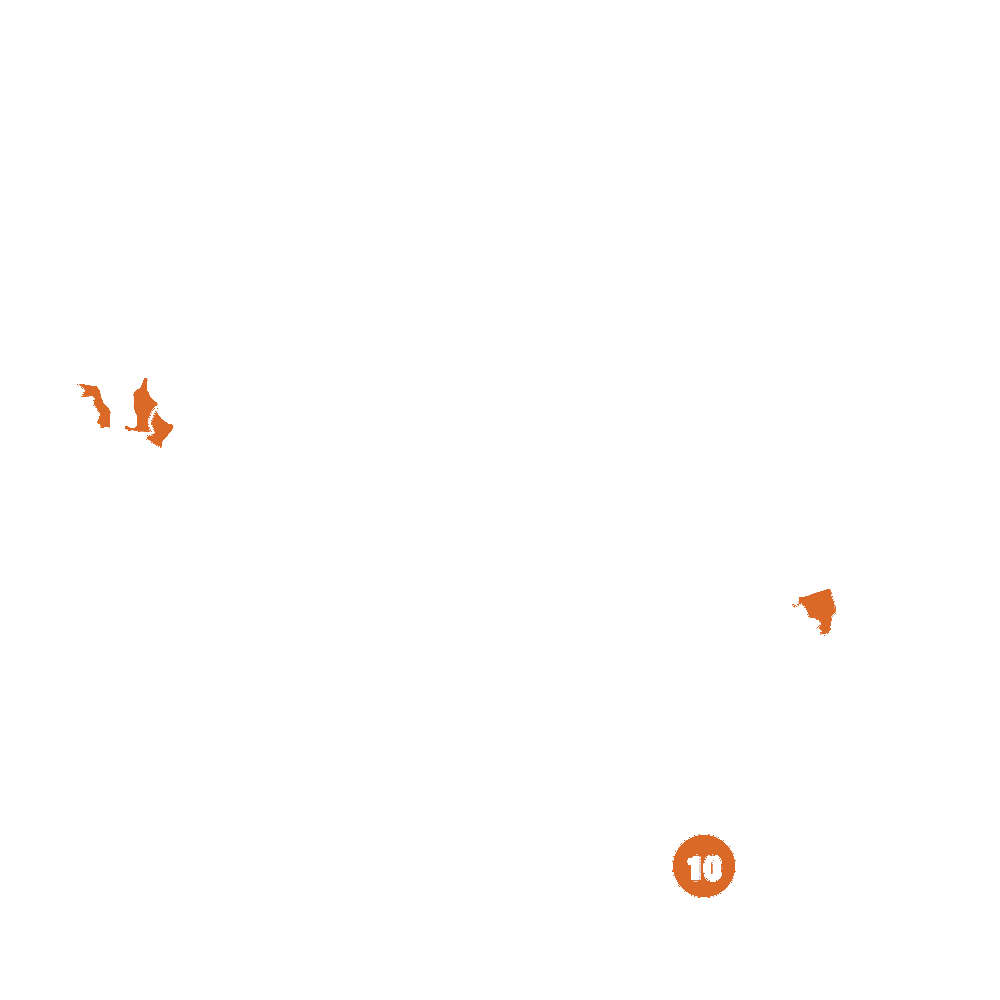
Pollination Info
Pollination Information for Oleander Pink (Nerium oleander)
Oleander Pink is an evergreen shrub that produces beautiful pink flowers. The flowers are grouped together in clusters and are highly fragrant. The pollination of these flowers is essential for the production of seeds and the continuation of the species.
Pollination Mechanism
The pollination of Oleander Pink is mainly done by insects, specifically bees. The flowers produce nectar which attracts bees. As the bee lands on the flower to collect the nectar, its body comes in contact with the stigma which is located in the center of the flower. The pollen from the stamen sticks to the bee's body and when it moves to another flower, it transfers the pollen to the stigma of that flower, enabling fertilization to take place.
Factors Affecting Pollination
The pollination process can be affected by various factors such as weather conditions, insect population, and the availability of nectar. The most important factor among these is the availability of nectar. If the flowers do not produce enough nectar, then the bees will not be attracted and thus there will be no pollination.
Significance of Pollination
Pollination is important for the production of seeds which are essential for the continuation of the species. It also helps in the production of fruits and helps in maintaining genetic diversity. Moreover, pollination also plays an important role in maintaining a balance in the ecosystem.
Conclusion
Pollination is an important process for the growth and reproduction of Oleander Pink (Nerium oleander). The role of insects, primarily bees, in this process is crucial for the transfer of pollen from one flower to another. The availability of nectar and other environmental factors play a significant role in the pollination process and thus must be taken into consideration for the growth and maintenance of this species.
FAQ
Oleander (Pink) (Nerium oleander) FAQ
What is Oleander (Pink) (Nerium oleander)?
Oleander (Pink) (Nerium oleander) is an evergreen shrub that produces showy, pink flowers. It is native to North Africa, the eastern Mediterranean, and southeast Asia. It is a common landscaping plant in warmer regions, such as the southern United States and parts of Europe.
What are the growing conditions for Oleander (Pink) (Nerium oleander)?
Oleander (Pink) (Nerium oleander) prefers full sun and well-drained soil. It is tolerant of drought, salt, and heat. It can be grown in containers or in the ground.
How do I care for Oleander (Pink) (Nerium oleander)?
Water Oleander (Pink) (Nerium oleander) deeply and regularly, especially during dry periods. Fertilize with a balanced fertilizer during the growing season (spring to fall). Prune in late winter or early spring to control size and shape. Wear gloves when handling the plant, as it is toxic.
How do I propagate Oleander (Pink) (Nerium oleander)?
Oleander (Pink) (Nerium oleander) can be propagated from stem cuttings. Take 6-inch cuttings from new growth in the spring or early summer, remove the leaves from the bottom half of the cutting, dip in rooting hormone, and plant in a well-drained mixture of soil and sand. Keep soil moist and in a warm, bright location until roots and new growth appear.
Is Oleander (Pink) (Nerium oleander) toxic?
Yes, all parts of Oleander (Pink) (Nerium oleander) are toxic if ingested. Wear gloves when handling the plant and keep it away from children and pets.
What pests and diseases affect Oleander (Pink) (Nerium oleander)?
Oleander (Pink) (Nerium oleander) is susceptible to scale insects, spider mites, and aphids. It can also be affected by fungal leaf spot, sooty mold, and bacterial blight. Proper care, including good sanitation and regular pruning, can help prevent these issues.
Planting & Care
Planting Oleander (Pink)
- Choose a location with well-draining soil and full sun exposure.
- Dig a hole twice as wide and the same depth as the root ball.
- Place the plant in the hole and backfill with soil, gently tamping down to remove air pockets.
- Water thoroughly and add a layer of mulch around the base of the plant.
- Repeat watering once or twice a week, or as needed, to keep soil moist but not waterlogged.
Caring for Oleander (Pink)
- Fertilize in the spring and summer with a slow-release, balanced fertilizer.
- Prune in late winter or early spring to shape and to remove any dead or damaged growth.
- Watch for signs of pests such as oleander aphids or scales, and treat immediately with a suitable insecticide.
- Keep an eye out for yellowing leaves, which can indicate a nutrient deficiency, and adjust fertilization as needed.
- Protect the plant from extreme cold temperatures, which can damage or kill it.
Check Out These Verified Customer Reviews:
Customer Reviews
4.8 out of 5 based on 17 reviews
Thank you! Your review has been submitted.
Thriving in my garden!
High-quality Oleander plant, looks stunning in my garden.
Easy website navigation.
Item has been added to your cart.



